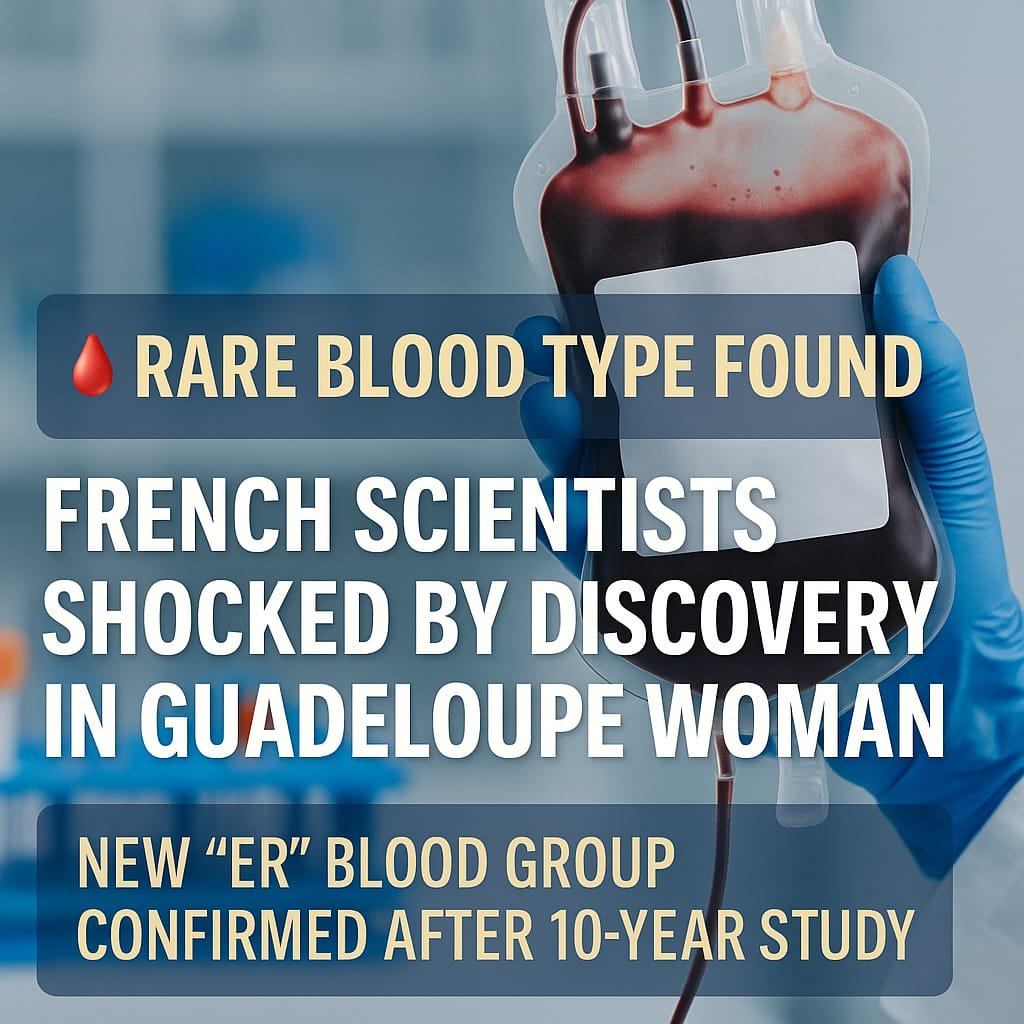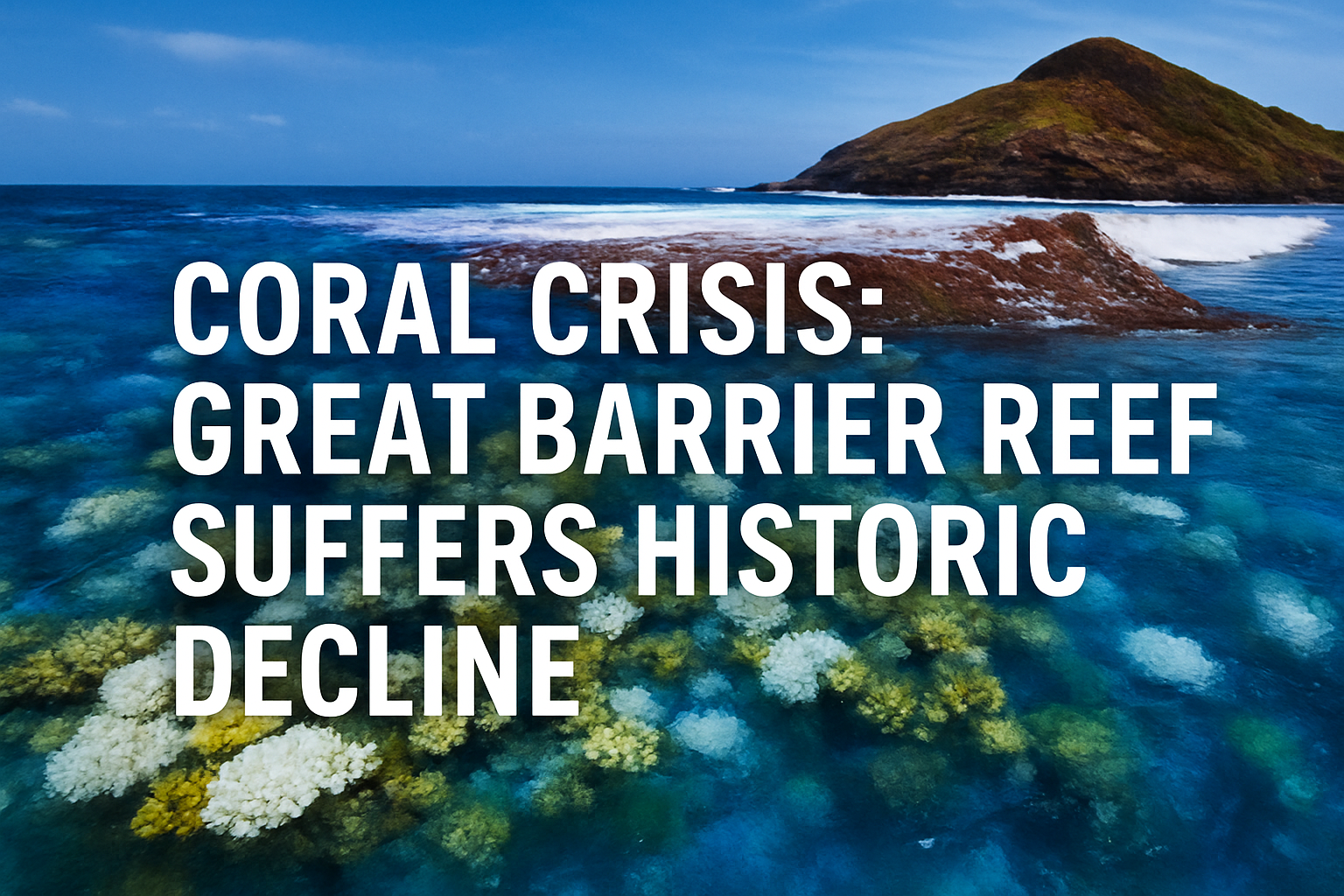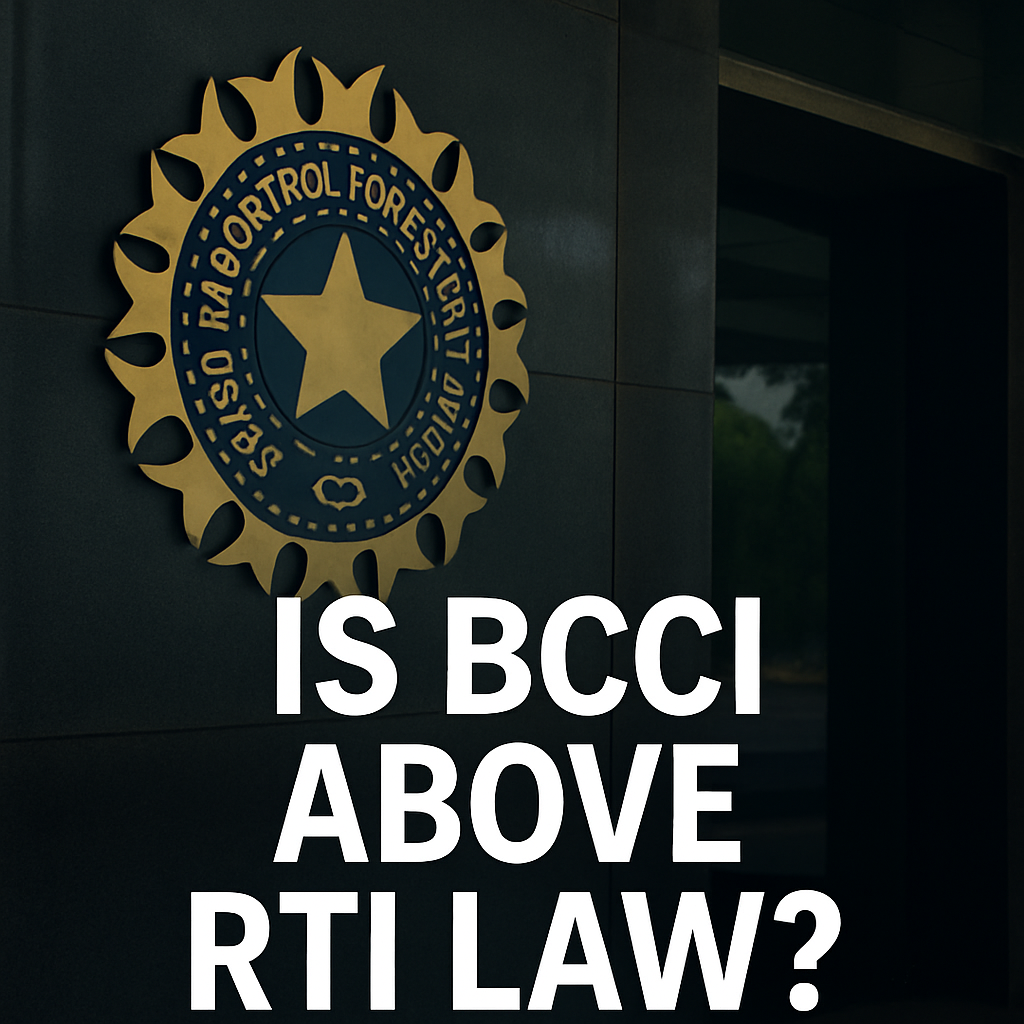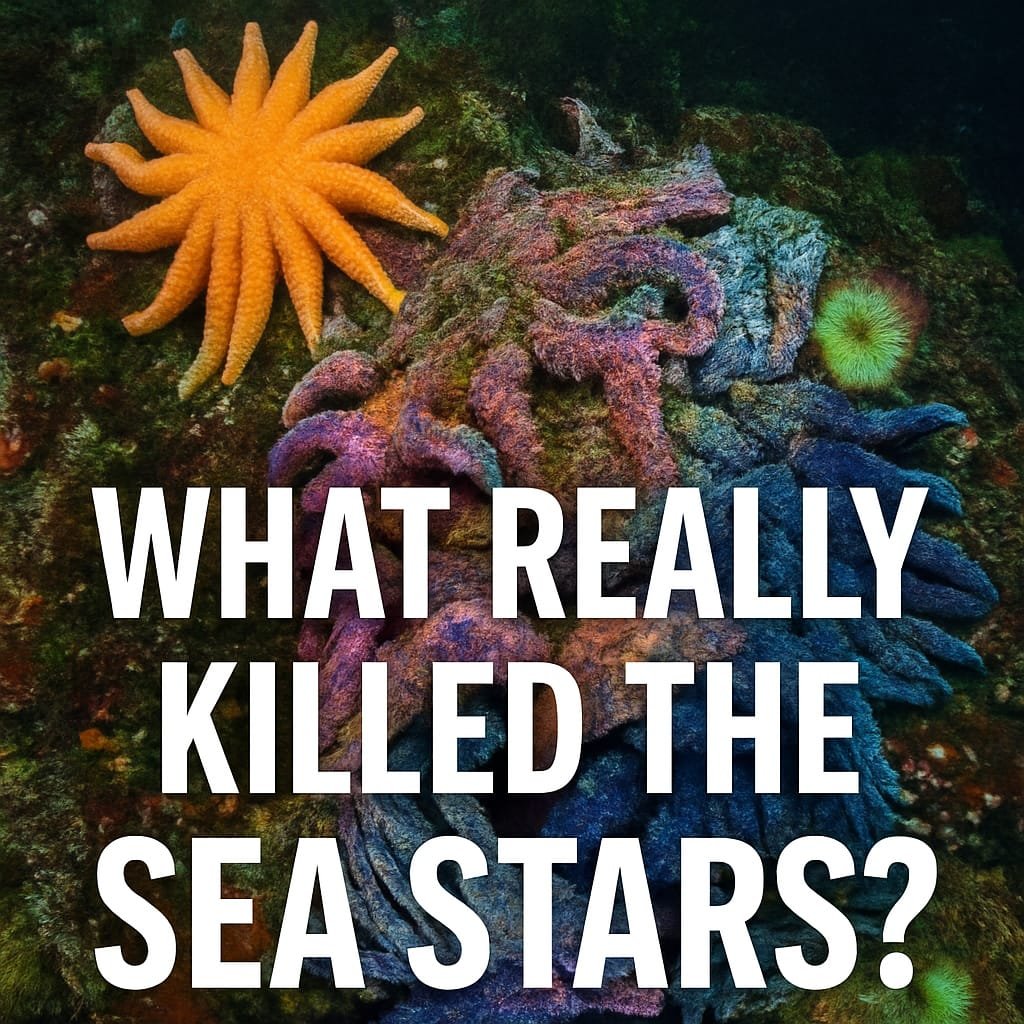
In 2011, a medical mystery began inside an operating room in Guadeloupe, a small French island in the Caribbean. A 54-year-old woman needed surgery, and as part of the regular process, doctors tried to find a matching blood type for a transfusion. But something very unusual happened—her blood didn’t match any of the known types. This rare and confusing reaction set off alarms in the lab and left the doctors puzzled. The case was soon referred to France’s national blood service, called Établissement Français du Sang (EFS), to find out what was going on. This one mysterious case eventually led to the discovery of a completely new blood type, now officially named “Er.”
Over the next ten years, scientists at EFS worked hard to understand this unusual case. They found that the woman had a never-before-seen antibody in her blood. This rare antibody didn’t fit into any existing blood group system, which led the researchers to realize that a brand-new blood group had been hiding in plain sight. After several rounds of testing and detailed analysis, they confirmed the existence of this unique blood type. The International Society of Blood Transfusion (ISBT) accepted their findings and added the “Er” blood group to the official list of recognized blood types.
Sandrine Peyrard, one of the lead biologists at EFS, explained why this finding is so important. It’s not just about adding another letter to the list of blood types—it’s about saving lives. If a person with this rare blood type receives the wrong kind of blood, their body can have a dangerous reaction. In some cases, it can even be fatal. The woman’s immune system had likely formed this rare antibody during a previous pregnancy or medical event, making her blood unique—and potentially at risk during transfusions.
To confirm the discovery, the scientists used advanced tools like DNA sequencing and compared the woman’s blood with hundreds of other samples. They looked at her genetic code and ruled out all other known types. Once all the tests were complete, there was enough evidence to declare the “Er” group as a new blood system. Their findings were published in respected medical journals and gained global attention.
This discovery is not just important for science—it also matters for real-life medical care. Blood transfusions are common in surgeries, childbirth, accidents, and other emergencies. Doctors need to make sure that patients get the right type of blood, or the results can be dangerous. Knowing about rare blood types like “Er” helps prevent life-threatening mistakes.
The research team now wants to build a global database of rare blood types. This could help match donors and patients faster, especially in emergencies. It could also help pregnant women, where certain blood mismatches between mother and baby can cause serious health problems.
According to Peyrard, this is only the beginning. As science improves, more rare or hidden blood types may be found. Better awareness and testing can help doctors identify unusual types early—before a medical crisis happens.
This remarkable discovery from a small island hospital has reminded the world that the human body still holds many secrets. And with the help of science, we’re slowly unlocking them to make medicine safer and smarter for everyone.
















.jpeg)




